1. Add fresh ginger when you sauté a basic flavor base of onions, shallots, and garlic.
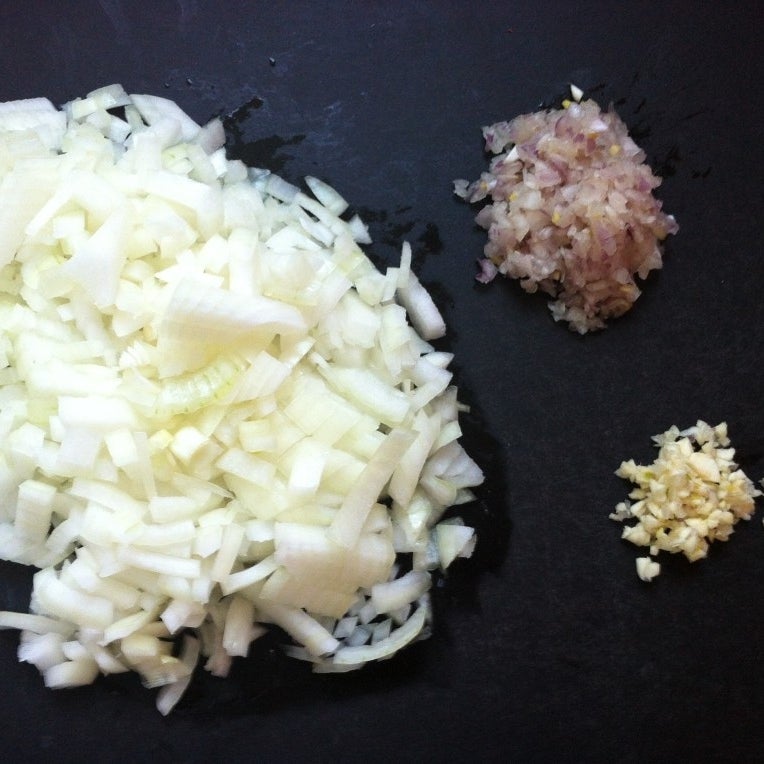

Thai cooks use fresh aromatic vegetables like ginger, garlic, shallots, onion, lemongrass, and galangal liberally as a flavor base for their dishes. These ingredients are ground up into curry pastes, or minced and added to stir-fries at the beginning of the cooking process, not toward the end.
2. Use coconut milk to make soups, stews, and curries.
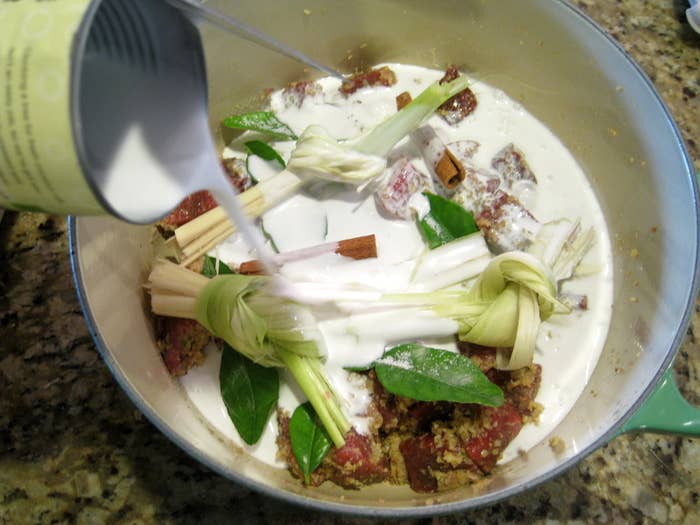
Coconut milk is a great base cooking liquid for soups and stews. In a large pot with a little bit of oil, sauté onions, garlic, and whatever other aromatic vegetables you're using for about five minutes, then add spices and salt (and meat if you're using it), then pour in your coconut milk and let the mixture simmer for about an hour.
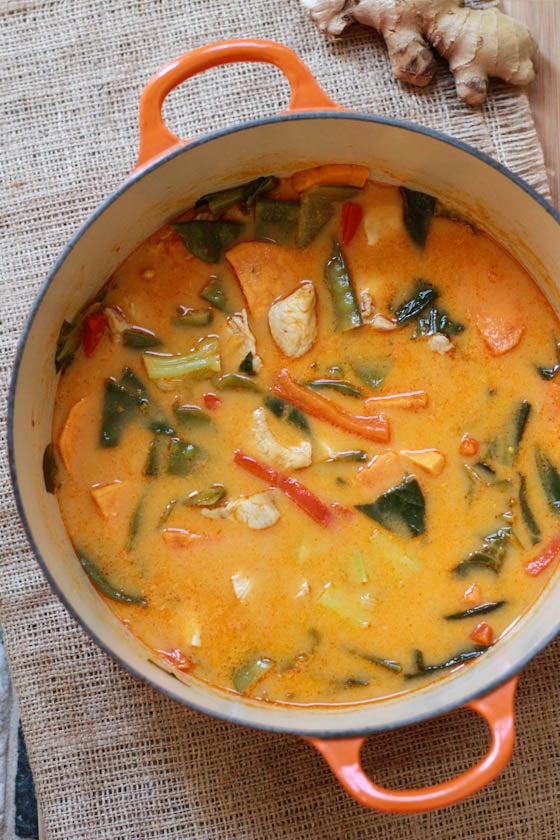

From left: Thai Red Curry, Fish Curry with Raw Mango in Spicy Coconut Gravy.
Coconut milk is thicker than regular dairy milk or cream, which makes dishes feel heartier. Its high fat content also tempers spicy things, which is why Thai cooks use it all the time in spicy curries. Plus, it's vegan and has a long shelf life.
3. Also use coconut milk to replace cream in desserts.

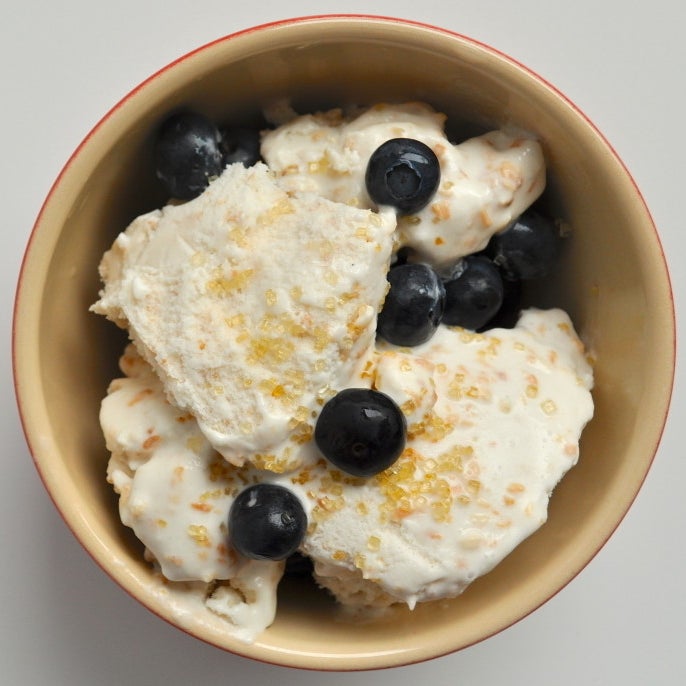
From left: Mango Sticky Rice, Coconut Milk Ice Cream.
Mango sticky rice is a traditional Thai dessert, and while it might seem strange to some, it is actually COMPLETELY GENIUS. Glutinous rice — starchier than the regular white rice in your pantry, also called sweet rice or sticky rice — is cooked with coconut milk and sugar instead of water, then topped with sliced mango and sesame seeds. If you want to go a more familiar route, try substituting coconut milk for cream in ice cream or pudding.
4. Add fish sauce to marinades and sauces to give food lots of umami flavor.
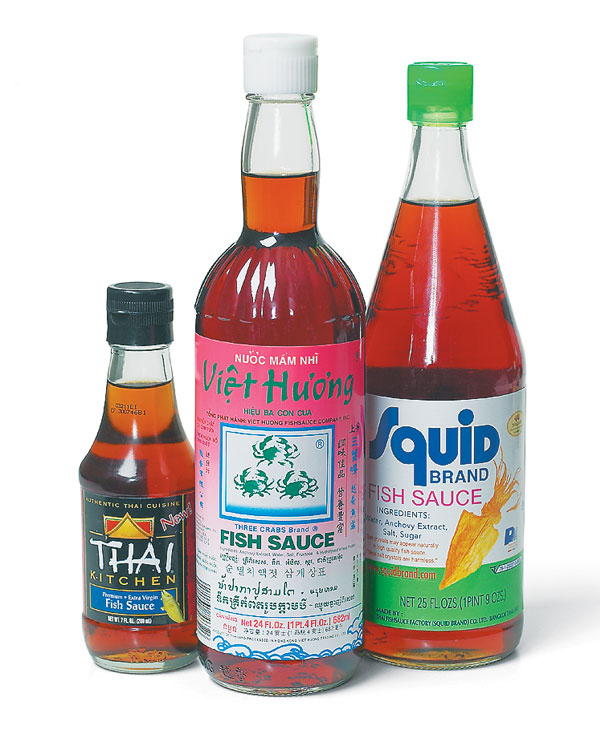
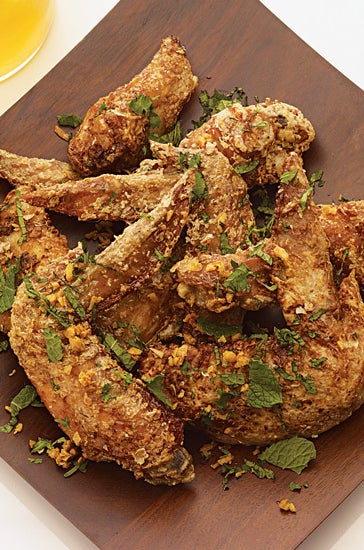


From left: Ike's Vietnamese Fish Sauce Wings; Pasta with Olive Oil, Garlic, Parmesan, and Fish Sauce; Grilled Corn with Spicy Chili Mayo, Coconut, and Fish Sauce.
Because it contains salt, sugar, and acid (the three essentials in marinating), fish sauce makes a perfect meat marinade. It's also a great way to liven up simple pasta. Before you scoff, know that most fish sauce is made from anchovies, which are in pasta dishes ALL THE TIME. And drizzling some over cooked vegetables is always a good idea.
Only add a little bit at a time, as you would with salt, because too much can ruin a dish.
5. Finish dishes with lime juice to tone down heat and cut through fat.
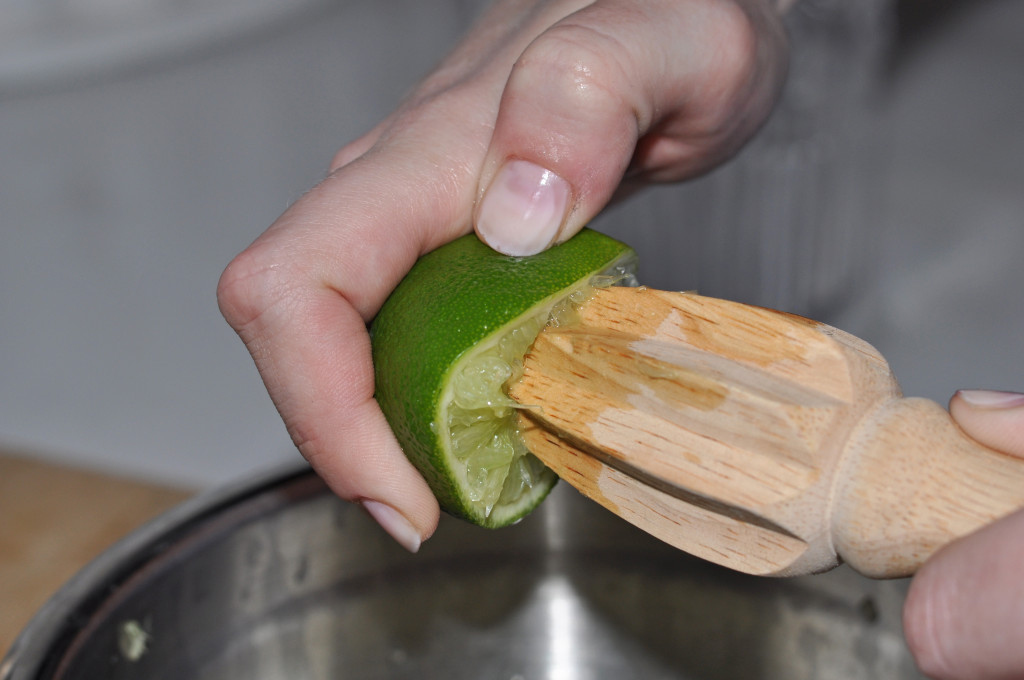
Take the time to juice your own limes; the "fresh lime juice" that comes in a bottle is a poor excuse for an ingredient. And only add lime juice after or right before you take something off the heat; cooking the juice will dull the flavor and defeat the purpose.
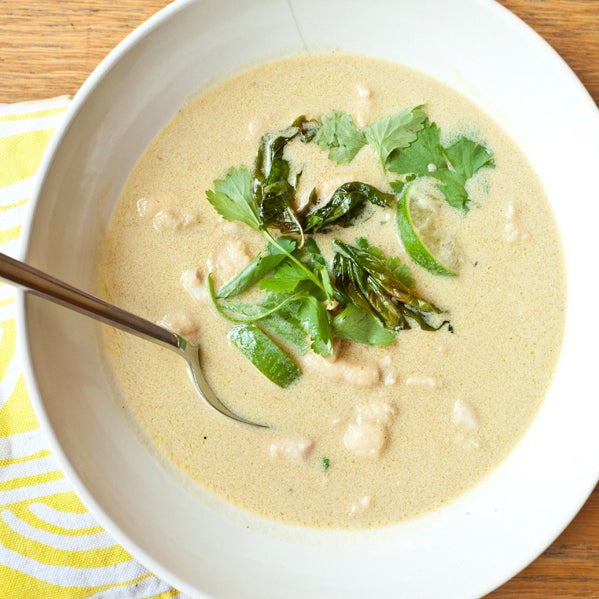

From left: Thai Fish Curry with Fresh Lime, Thai Laab Salad with Pork, Herbs, and Lime.
Coconut milk is awesome, but it can be a little bit heavy. Adding fresh lime at the end of cooking will cut through fat and make coconut milk-based broths seem brighter. Squeezing some fresh lime onto spicy meat dishes will help balance out the heat and make the spice easier to handle.
6. Substitute cilantro in recipes that traditionally call for parsley or basil.
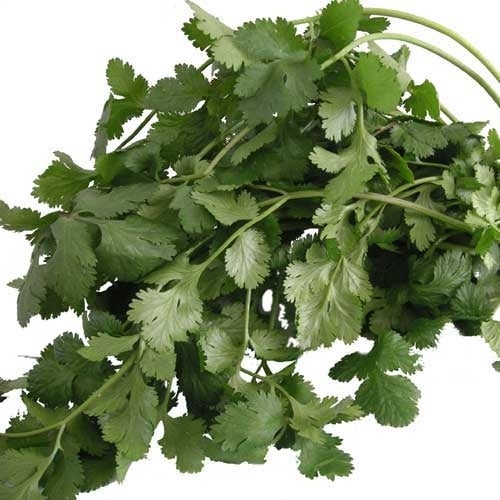

Sure, cilantro leaves make a great garnish. But Thai cooks know not to throw away the stems; they can be used to add cilantro flavor during cooking, not just at the end. And cilantro seeds (more commonly known as coriander seeds) are often ground into curry pastes with spices and aromatic vegetables.
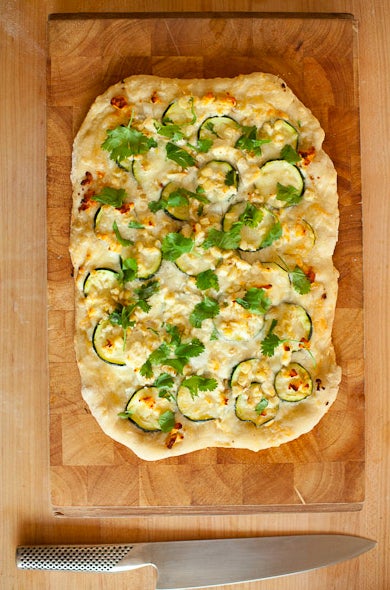

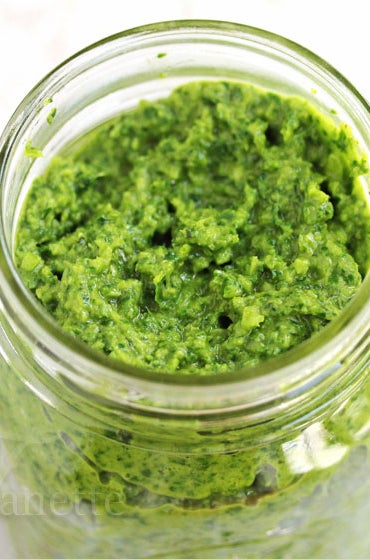
From left: Zucchini, Lime, and Cilantro Pizza; Caprese Pasta Salad; Garlic Scape Cilantro Swiss Chard Pesto.
The strong, citrusy (and weirdly divisive) flavor of cilantro will add more of a kick than most other herbs. There's no reason it should only get to play in Mexican or Asian dishes; try adding it to pizza, salads, or pastas. It also makes a fine pesto.
7. Control a dish's spiciness by adding more or fewer chili seeds.
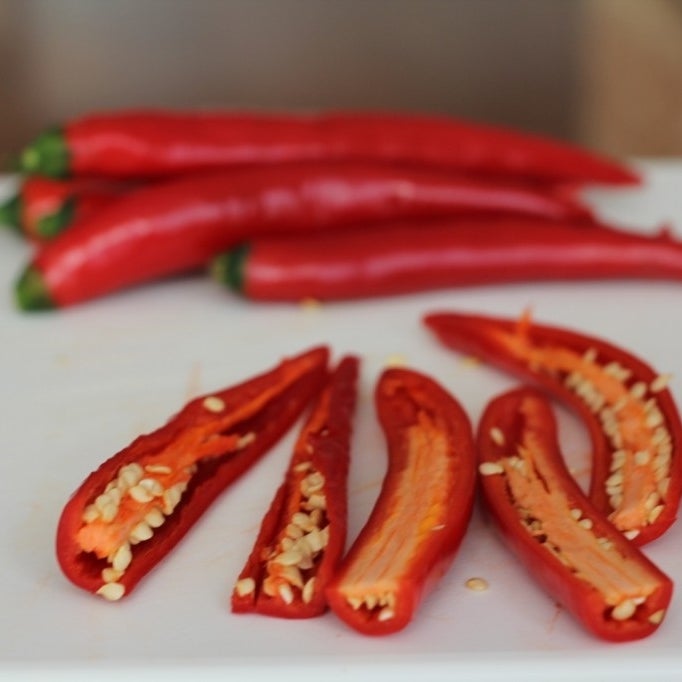

Fresh bird's eye chilies (skinny, red, and HOT) are an essential ingredient in Thai cuisine. The more seeds you leave in when you prep them, the more serious the kick. (That Thai Chili Sauce pictured on the right is going to blow anyone away.)
For a milder chili flavor in dishes, scrape the seeds out (WEARING GLOVES!) before adding the chilies to your dish.
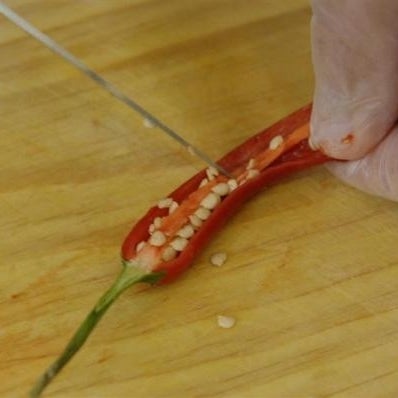

Slice your fresh chili in half longways and use the tip of your knife to scrape out the seeds. Then, slice your chilies thin and add them to dishes at the same time you would add garlic.
Slice or grind whole fresh chilis, seeds and all, and add them to sauces that will be used as a condiment; this way, people can add as much or as little spice as they want. If you're using them in curries or stir-fries, take the seeds out of some or all of your chillies for a milder result.
8. Cook with lemongrass and galangal.
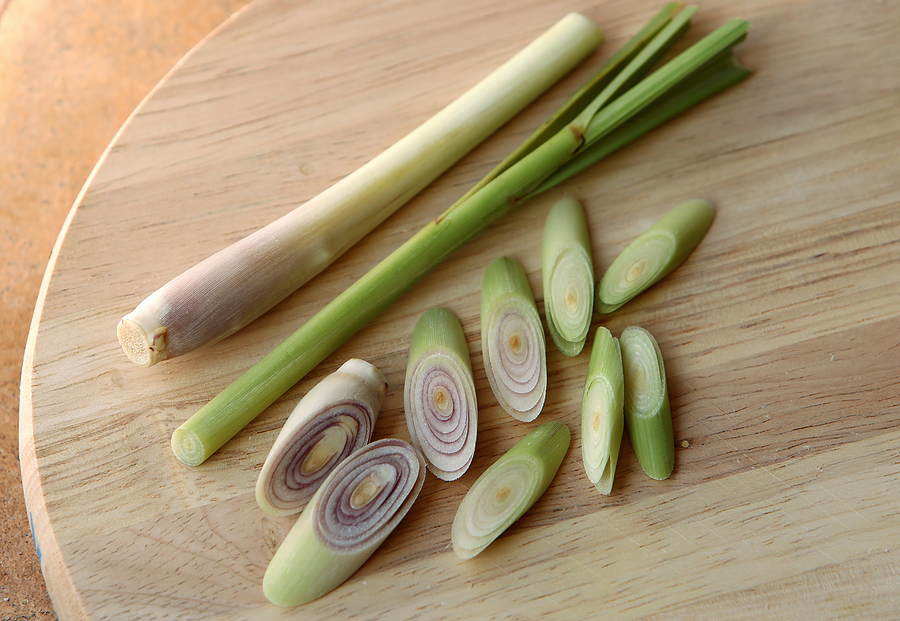
To use lemongrass, you have to peel the hard outer layer and mince it really finely.
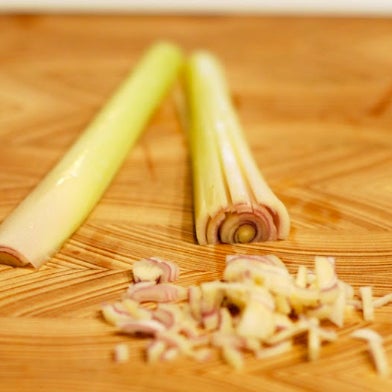

Get a more detailed tutorial here.
If you don't want to take the time to mince it, you can use whole stalks of lemongrass to add flavor.
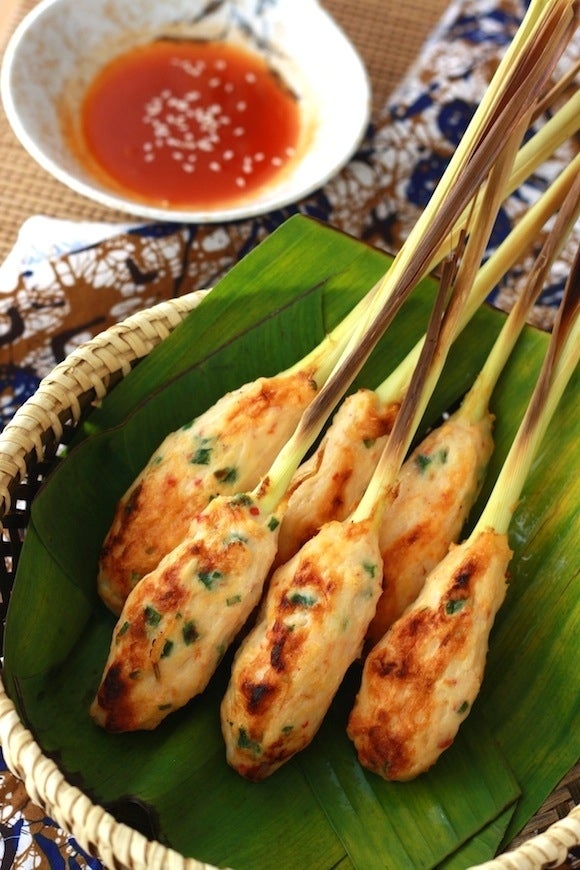

From left: Grilled Lemongrass Prawns, Lemongrass Ginger Mojito.
Steep the full stalks in soups or drinks to infuse flavor, then remove before serving. They also make flavorful skewers for kebabs or satay.
Galangal is similar to ginger but is less spicy and has a citrusy, woody taste.

To prep galangal, peel it with a knife (a vegetable peeler isn't strong enough to cut through the thick outer layer), then mince it.

It tastes best when it's ground into a paste with other ingredients and used as a base for soups or curries.
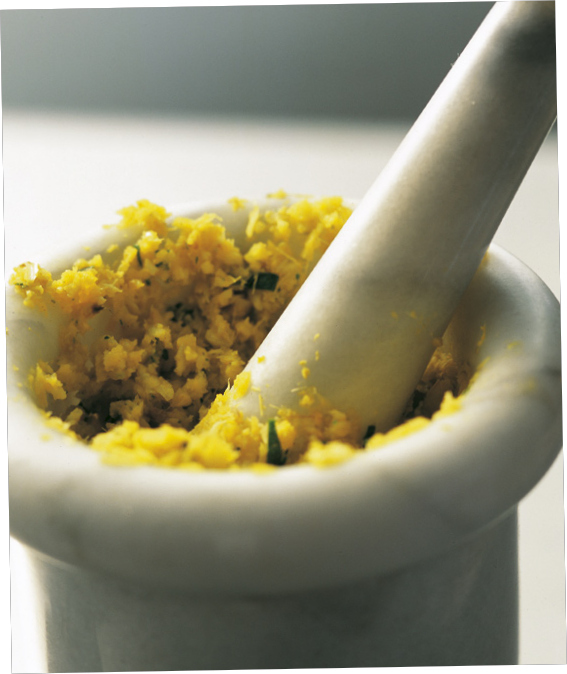
9. Always use fresh ingredients, not dried ones.
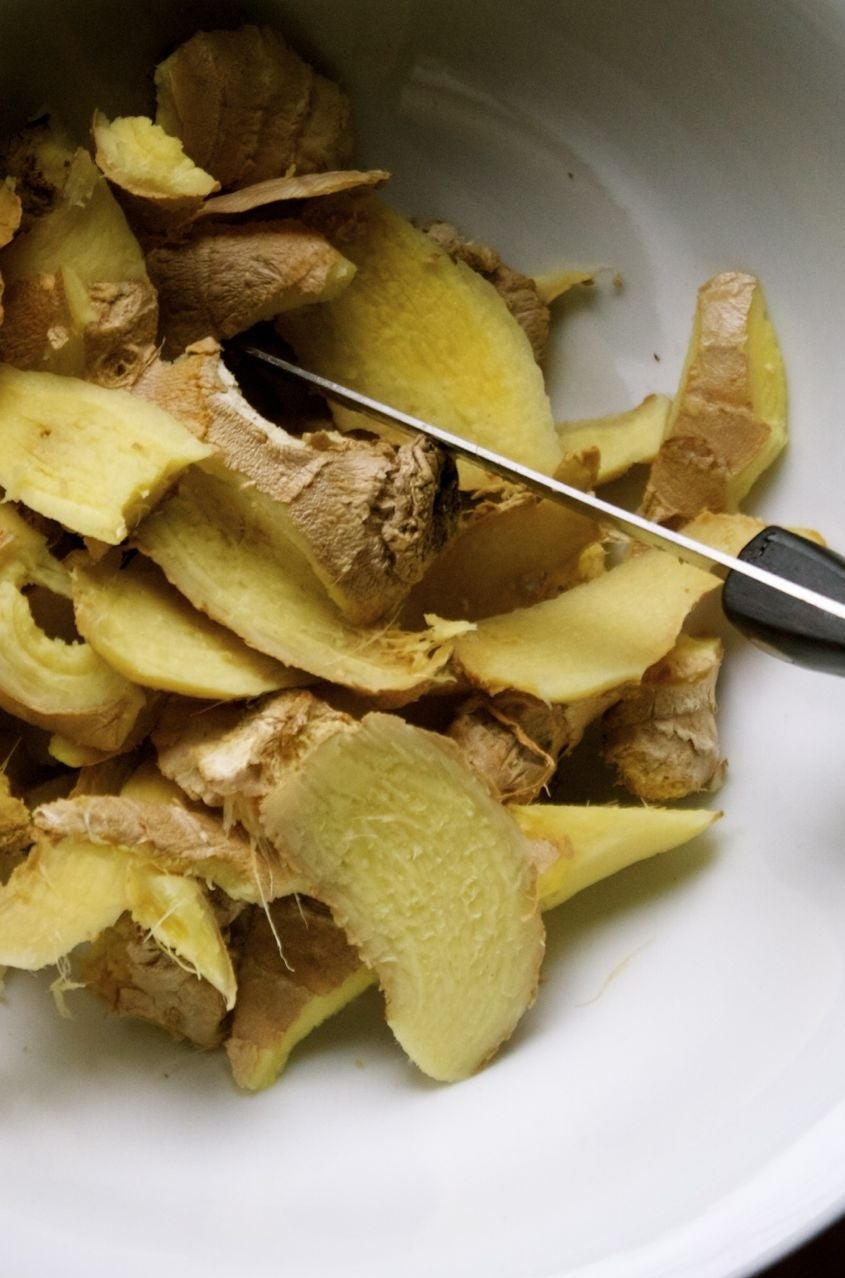
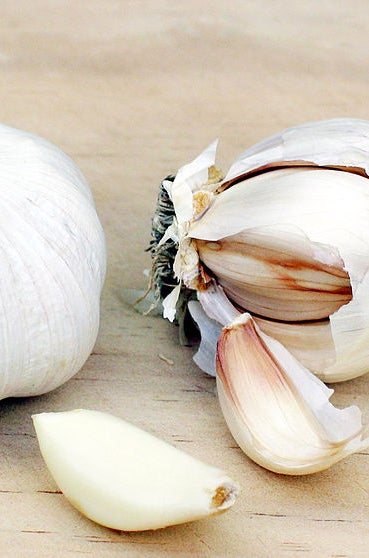

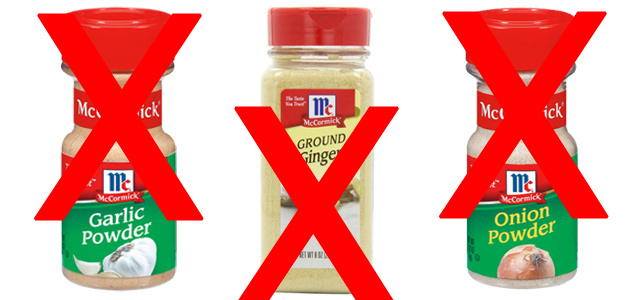
This goes for pretty much everything you make. Take the time to peel and chop your ingredients. Onion powder will NEVER make something taste as good as a real onion will, so just skip it.
